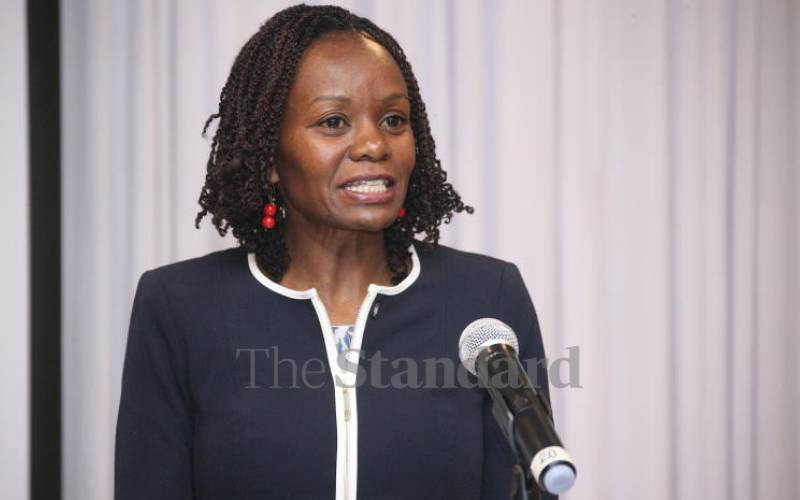×
The Standard e-Paper
Stay Informed, Even Offline

Kenya Private Sector Alliance (Kepsa) has launched a strategy on climate change solutions.
This comes just days ahead of the COP27 slated for between November 6 to 18 in Sharm El Sheikh in Egypt.